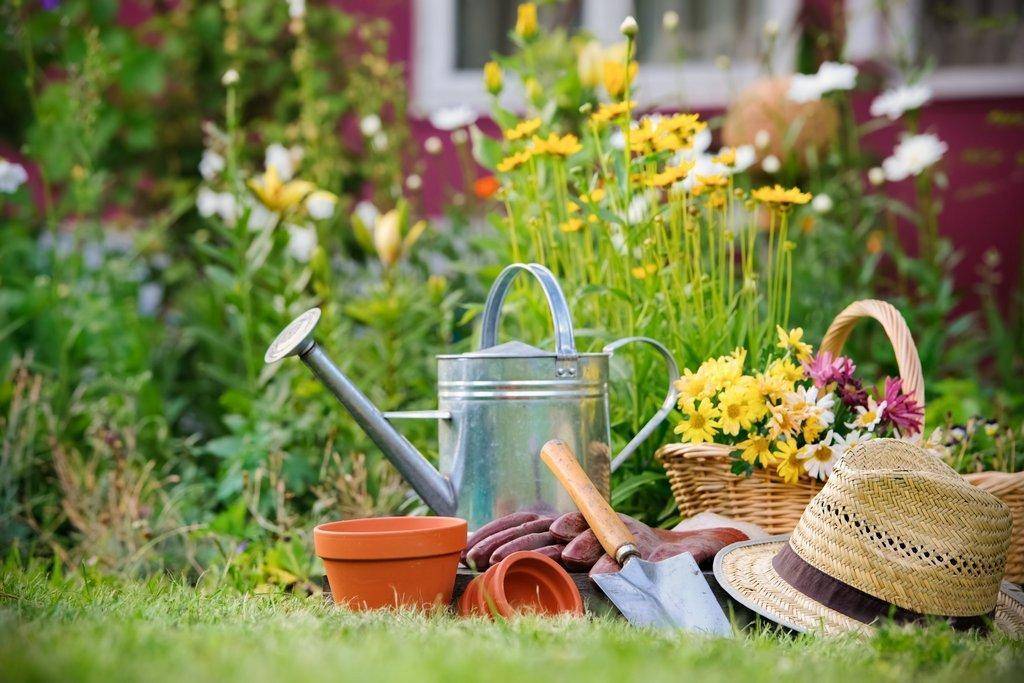USU Extension Press Release
April showers bring May flowers – as well as a multitude of gardening tasks. The Utah State University Extension Gardener’s Almanac provides a checklist for each month as well as links for tips and further information. The May checklist follows.
* Plant warm-season vegetables and annual flowers once the threat of the last frost has passed. Click here for a listing of the average last and first frost dates.
* By planting tomatoes deeper, they are able to form more roots along the stem, creating a more vigorous plant.
* Consider planting sweet corn in the garden every other week (until early July) to extend the harvest.
* Consider the various types of fertilizers. Click here for information on traditional fertilizer options. Click here for information on organic fertilizers.
* Thin overcrowded seedlings using a pair of scissors, and try not to disturb the young roots.
* Protect fruit blossoms and tender garden plants from late freezing temperatures. Click here for information on critical temperatures for fruit.
* Plant summer-blooming bulbs, including gladiola, begonia, dahlia and canna.
* Divide warm-season ornamental grasses when new growth begins to emerge.
* It’s already time to take notice of weeds. Click here for information.
* Allow the foliage of spring blooming bulbs (tulips, daffodils and crocus) to die down before cutting the leaves off.
* Click here for information on planting a lawn.
* In compacted sites, aerate with a hollow core aerator when turfgrass is actively growing (April through June).
* Control broadleaf weeds in the lawn when temperatures are between 60 and 80 F. Follow the label and stop the use of broadleaf herbicides once the temperature is above 85 F.
* Apply a slow-release lawn fertilizer to provide a long-lasting effect throughout the summer months.
Pests and Problems:
* Monitor newly planted vegetables for cutworm and flea beetle damage.
* Monitor for cankerworm damage on scrub oak and Box Elder trees along the foothills.
* Monitor for aphids on new spring growth on a variety of plants. Treat for aphids by using “softer” solutions, such as spraying them with a hard stream of water or using an insecticidal soap.
* Monitor for slugs and snails. These pests thrive in moist, cool areas of the garden and landscape, feeding on a variety of plant hosts.
* Protect ash trees from the lilac-ash borer around the first of May.
* Control codling moth in apples and pears to reduce wormy fruit. For specific timing, see the Utah Pests Advisories.
* Treat for powdery mildew on apples when leaves are emerging (at ½-inch green) until June.
* Watch for insect pests in raspberries from mid-May through early June.
* Monitor for damaging turfgrass insects. In areas previously damaged, consider a preventative (systemic) insecticide.
* Click here to subscribe to the Utah Pests IPM Advisories for timely tips on controlling pests in your yard and garden.
* Consider taking an online gardening course. Courses cover everything from container vegetable gardening and creating the perfect soil, to planting trees and controlling pests. Courses are geared to both beginning and professional gardeners.
* Explore more gardening tips on Extension’s newly designed yard and garden website. For drought information and tips, click here.

